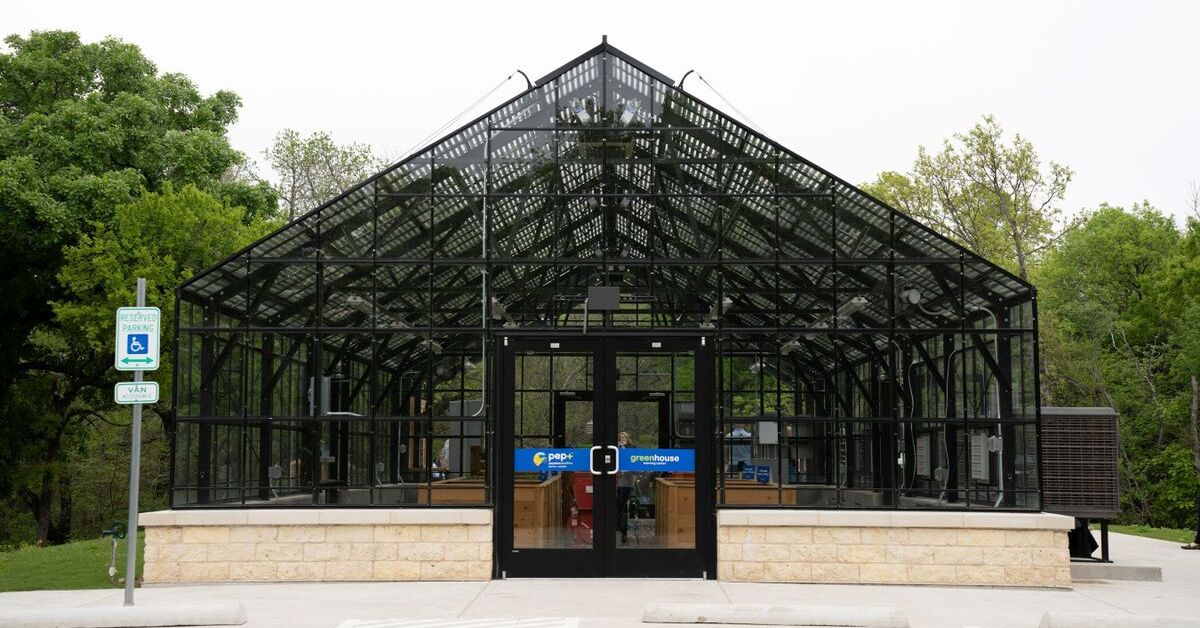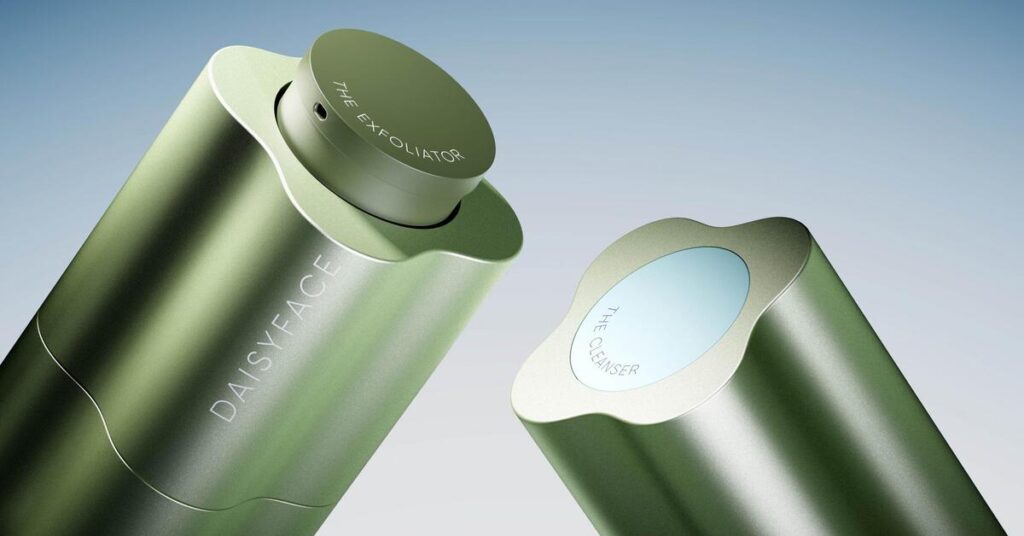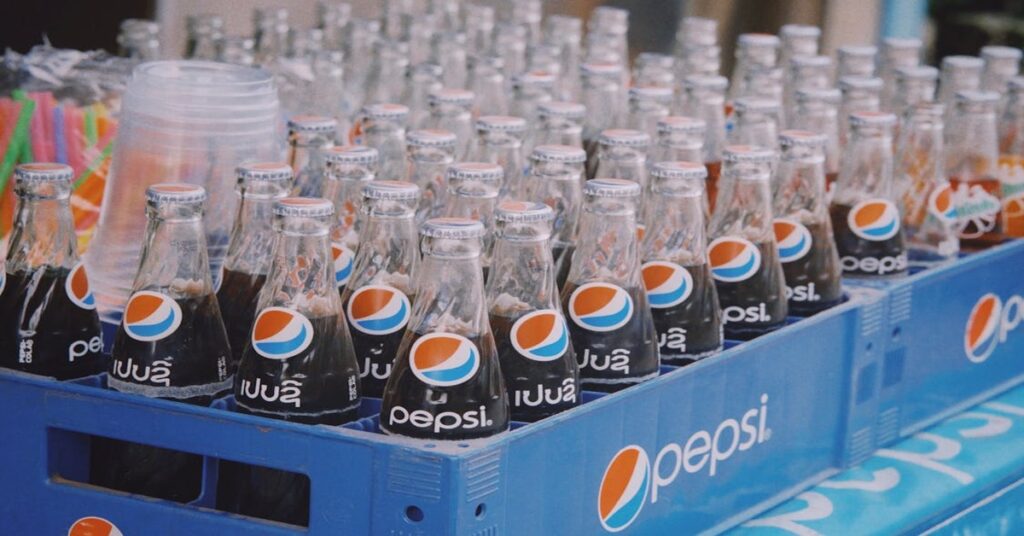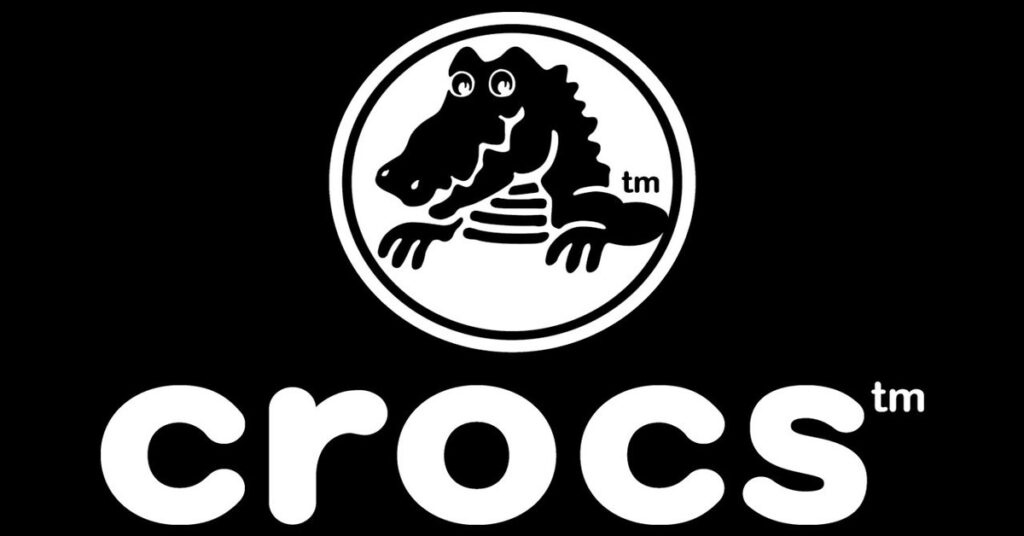PepsiCo has recently revealed its focus on home-compostable packaging as part of its new sustainability initiative called pep+. This comes as the company opened its on-site Greenhouse Learning Center at its Frito-Lay campus in Plano, TX, which tests packaging materials for its Frito-Lay and Quaker food divisions.
Why Compostable Packaging is Key to PepsiCo’s Sustainability Goals?
Compostable packaging is a critical aspect of PepsiCo’s commitment to making all of its packaging recyclable, reusable, compostable, or biodegradable by 2025. The company’s Senior Vice President of R&D, Denise Lefebvre, sees compostable packaging as a flexible end-of-life option that still allows packaging engineers to develop multilayer films that provide the needed barrier to keep food fresh and safe to eat.

Surprising Learnings from the Greenhouse Learning Center Opening
One of the most surprising revelations from the Greenhouse Learning Center opening was that PepsiCo’s focus is now on home-compostable packaging. The company’s new compostable packaging structure for its Off The Eaten Path bags has a metallization layer that is vacuum deposited, providing moisture, oxygen, and a light barrier while not interfering with the package’s compostability.
The Importance of Controlling Temperatures and Moisture Content for Composting
The conditions for home composting are considered “cold,” while for an industrial situation, it is “hot.” That’s why controlling the temperatures and moisture content of the composting environment is critical. Composting generates CO2, a gas known to contribute to global warming. However, according to the journal BioCycle, CO2 generated through composting is released back into the earth, not the atmosphere, and used for further natural cycles through sequestration.

PepsiCo’s Commitment to Financial and Environmental Green
PepsiCo’s commitment to compostable packaging could handsomely benefit the company and make a positive difference in the world. The financial investment is substantial, but the potential payoff could make it a viable end-of-life option for retail food products. The company plans to share its learnings from the Greenhouse Learning Center with the industry to advance the potential of compostable packaging.
As I see it, PepsiCo’s new home-compostable packaging strategy is a game changer for sustainability, and the brand’s commitment to making all of its packaging recyclable, reusable, compostable, or biodegradable by 2025 is laudable. The Greenhouse Learning Center is a step in the right direction, and the brand’s focus on compostable packaging could inspire other retail food companies to follow its lead.



